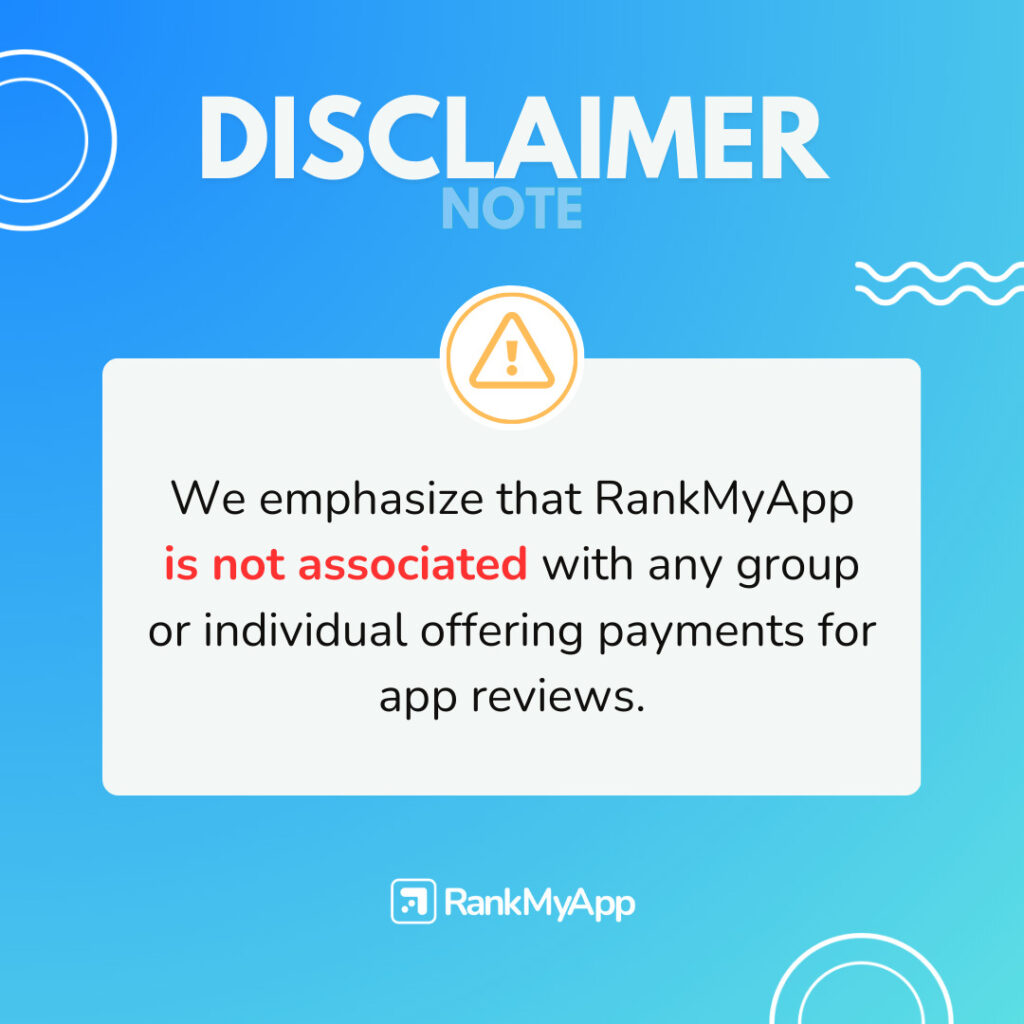Let’s be clear: Everything revolves around the number of downloads of the app. Increasing the app’s visibility or climbing more positions in the store rankings – these are an ever-present issue in mobile marketing strategies, right? But the main issue is always related to the number of downloads.
Those who now have started to work with mobile marketing or even the most experienced professionals, have certainly felt prompted to think about the constant fluctuations in the number of downloads. What do you think of adding more intelligence to marketing your app? Get a customized analysis of your application!
At the same time, doubts arise when it comes to the metrics used in the ASO process, used to amass new installations. Or even to keep them on a smartphone. Apart from others.We cannot answer all your questions but, at least, when you reach the end of this content, you will come out with some answers.
Remember that you can always check our blog for new information! Here in this post, you will:
- Learn more about the potential of downloads;
- Find out why organic downloads vary so much even when we have a solid App Store Optimization (ASO) strategy;
- Know if we must need to pay attention to uninstallations as well.
Understanding the potential and number of downloads
The download potential is an important metric in ASO process, used by us, at RankMyApp, to assess the ability of a keyword when it comes to reaching a download after an organic search.
This metric is vital in measuring the effectiveness of a certain keyword in your app’s ranking. It is basically a mathematical comparison between:
- Difficulty (How many apps already use and rank for that keyword);
- Traffic (the volume of search engines that already exists for this word).
By using these statistical analyses, we find out the download potential that a keyword has. And then we work on it. It is worth mentioning that these data are not public and the RankMyApp tool (as well as others) uses estimates to reach this value. In some places, this metric is also known as Keywords Efficiency Index (KEI).
Why does the number of organic downloads vary so much (even with ASO)?
This is a recurrent question when we launch an ASO process. But now that we have understood how the download potential works, it is easier to understand the process as a whole.
Knowing that keywords have numeric chances of generating a certain number of downloads, it is easier to understand that, from time to time, some are excluded or included in the plan of action of the app optimization strategy. Do you recall that ASO is based on testing?
Until there are stability and a continuous work of analysis of the keyword behavior (usually from three to four months), such variation is regarded as normal.
And what about uninstallations?
So? Should we care about uninstallations like we do about downloads? Of course. However, considering them a decisive ASO metric is not exactly assertive. A user uninstalls your app for several reasons, however none of them is directly bonded with an organic search or with your app’s optimization work.
In other words, this is a metric which happens to be more related to retention analysis. In ASO, we work with metrics that are more related to user acquisition.
What do you think of adding more intelligence to marketing your app? Get a customized analysis of your application and increase your organic traffic!




